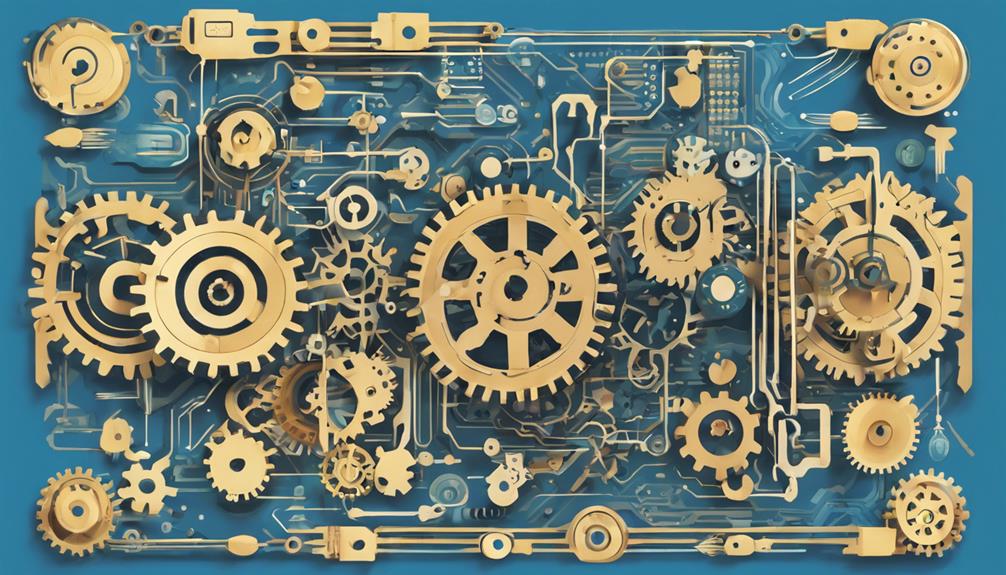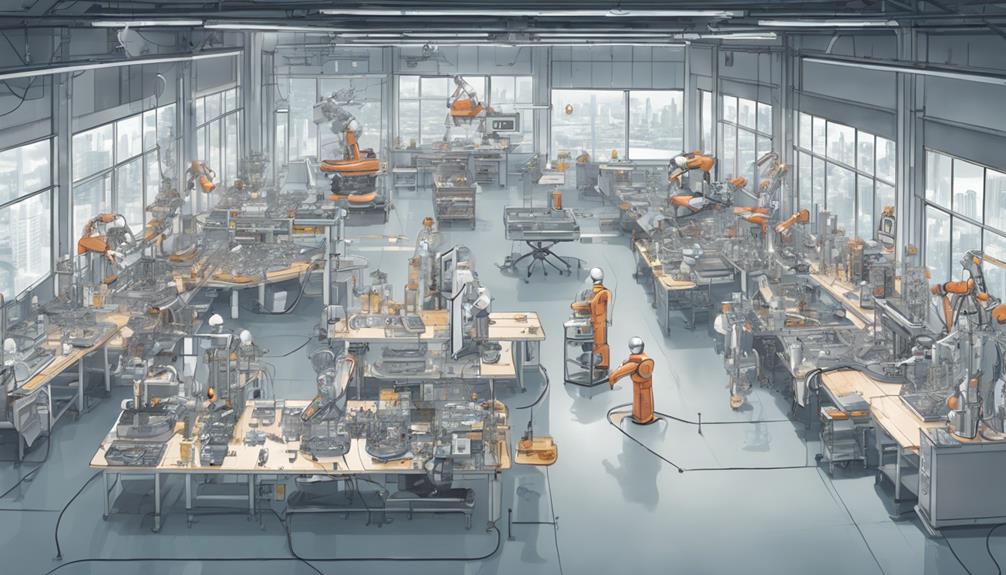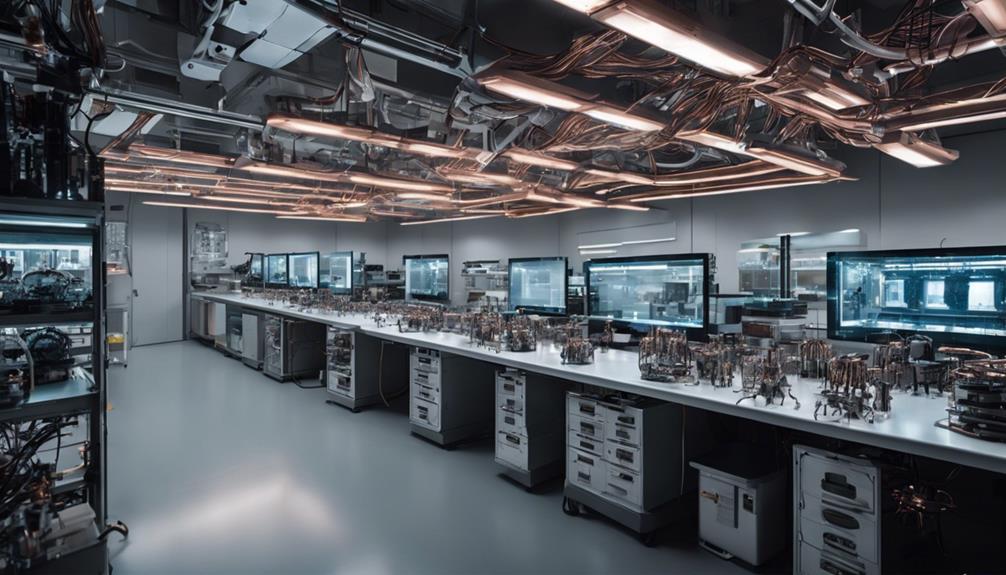To reduce PCB assembly and testing costs, optimize PCB design by applying cost-conscious principles, simplifying layouts, and choosing cost-effective surface finishes. Implement strategic sourcing and logistics, leveraging local options, efficient inventory management, and negotiating bulk discounts. Finally, adopt efficient testing and assembly procedures, focusing on targeted testing, essential quality control measures, and surface mount technology. By addressing these areas, manufacturers can strike a balance between cost reduction and quality. A closer examination of these strategies reveals further opportunities for cost savings, waiting to be uncovered.
Key Takeaways
- Apply cost-conscious design principles to minimize assembly time and labor costs, significantly impacting overall production cost.
- Optimize component placement and choose cost-effective surface finishes to reduce material costs and improve efficiency.
- Implement efficient testing and assembly procedures, adopting targeted testing approaches and focusing on essential quality control measures.
- Negotiate bulk discounts with suppliers, leveraging local sourcing options and implementing efficient inventory management practices.
- Streamline procurement processes and reduce lead times through efficient logistics management to minimize testing expenses while ensuring reliability.
Optimize PCB Design for Cost
By applying cost-conscious design principles, PCB designers can greatly reduce production expenses by optimizing component placement, board size, and surface finishes, ultimately minimizing assembly time and labor costs. A well-designed PCB can have a significant impact on the overall cost of production.
Optimizing component placement is vital in reducing assembly time and labor costs. By strategically placing components, designers can simplify the assembly process, reducing the time and effort required to assemble the board. Additionally, using standard PCB sizes and shapes can lower material waste and manufacturing expenses.
The choice of surface finish also plays an important role in reducing costs. Cost-effective surface finishes can improve solderability without increasing costs. Moreover, simplifying the PCB layout and minimizing the number of layers and vias in the design can decrease production complexity and cost.
Strategic Sourcing and Logistics
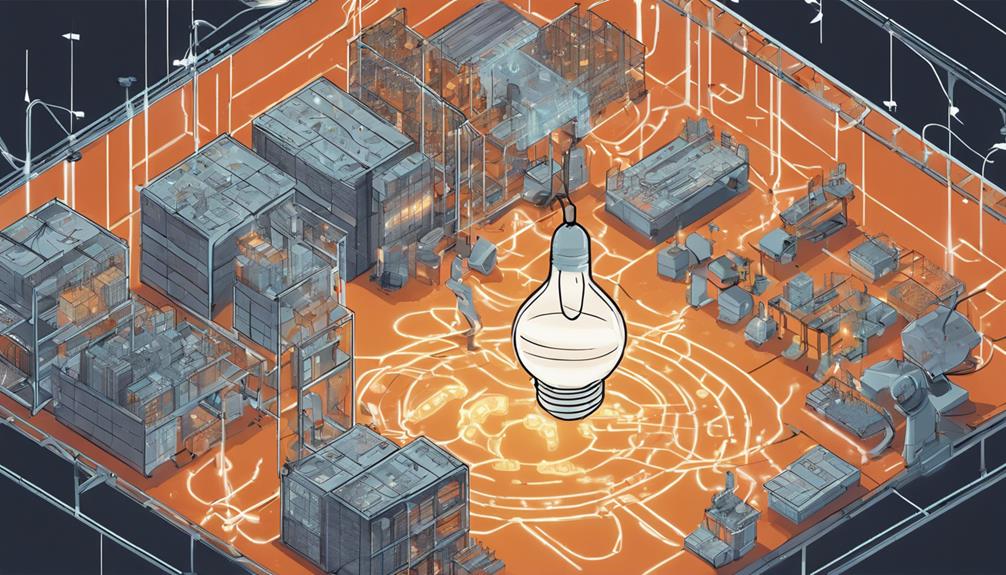
Effective strategic sourcing and logistics management can greatly reduce PCB assembly costs, with potential savings of up to 20% attainable through ideal component procurement and supply chain optimization. By working directly with component suppliers, PCB manufacturers can negotiate bulk discounts and streamline their procurement processes. This strategic approach can markedly reduce material costs, leading to substantial cost savings in PCB fabrication.
To maximize cost reduction, consider the following strategies:
- Leverage local sourcing options to minimize shipping costs and reduce lead times, ensuring timely delivery of components to the PCB assembly manufacturer.
- Implement efficient inventory management practices to prevent overstocking or shortages, optimizing costs in PCB assembly and reducing waste.
- Optimize logistics management to reduce lead times by up to 30%, further lowering overall assembly costs and improving the efficiency of the Surface Mount Technology (SMT) process.
Efficient Testing and Assembly
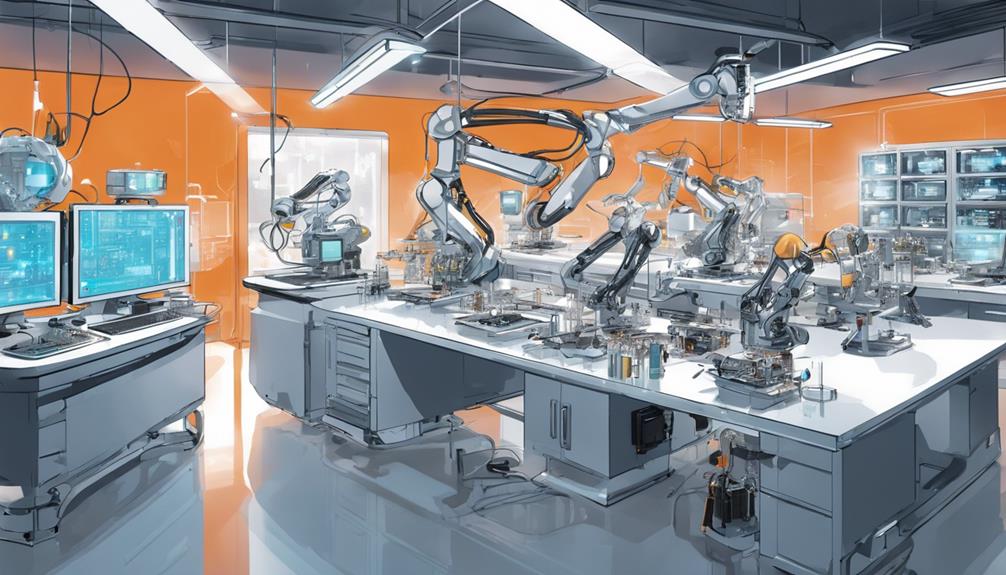
In addition, 20-30% of the total PCB assembly cost is attributed to testing and quality control measures, highlighting the significance of efficient testing procedures in minimizing overall expenses.
By optimizing testing strategies, manufacturers can reduce PCB assembly costs while ensuring product reliability. One approach is to adopt a targeted testing approach, where in-circuit testing or functional testing is only performed when necessary. This helps minimize testing expenses and streamline the quality control process.
Moreover, focusing on essential checks and quality control measures can lead to cost savings. By balancing thorough testing with cost considerations, manufacturers can optimize PCB assembly expenses.
The use of Surface Mount Technology (SMT) can also facilitate efficient testing and assembly. By implementing efficient testing procedures, manufacturers can reduce PCB assembly costs, improve product reliability, and increase overall efficiency.
Frequently Asked Questions
How to Reduce PCB Assembly Cost?
To reduce PCB assembly cost, it is essential to optimize component placement and orientation to minimize assembly time and expense.
Additionally, limiting the use of through-hole components and standardizing components can lead to significant cost savings.
Why Is PCB Assembly so Expensive?
PCB assembly is often expensive due to the intricate combination of factors influencing its production. The utilization of specialized equipment, skilled labor, and rigorous testing procedures drive up costs.
Moreover, the complexity of the board design, component selection, and quality control measures contribute to the overall expense. The cumulative effect of these factors results in a high-priced final product, underscoring the importance of optimizing design, material selection, and manufacturing processes to mitigate costs.
How Can PCB Be Reduced?
'An ounce of prevention is worth a pound of cure.'
When seeking to reduce PCB costs, a meticulous approach is essential. To minimize expenses, optimize component placement and design for manufacturability.
Additionally, simplify PCB designs by reducing the number of layers, and select cost-effective surface finishes.
How Much Does It Cost to Assemble a Pcb?
The cost to assemble a PCB varies widely, ranging from $5 to $50 per board, depending on factors such as complexity, component selection, and production volume.
Simple assemblies with basic components may cost between $5 to $10 per board, while complex assemblies with high-end components can reach $30 to $50 per board.
